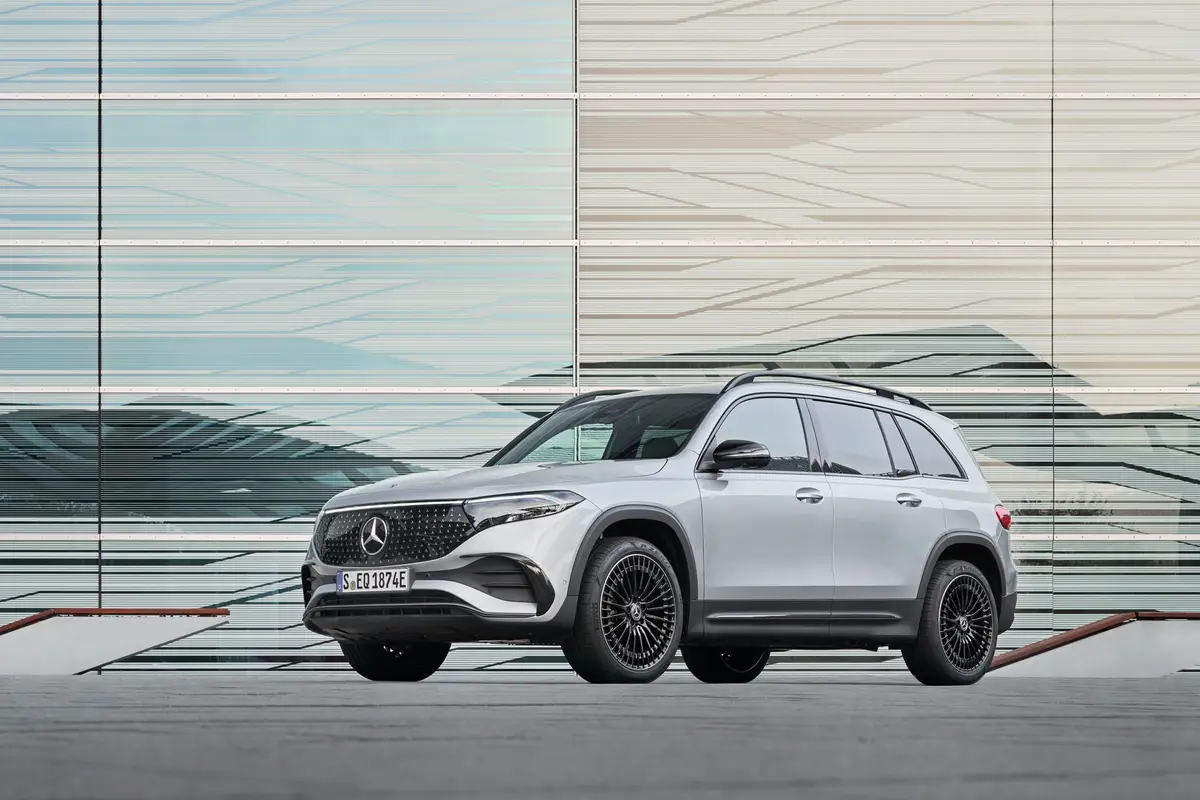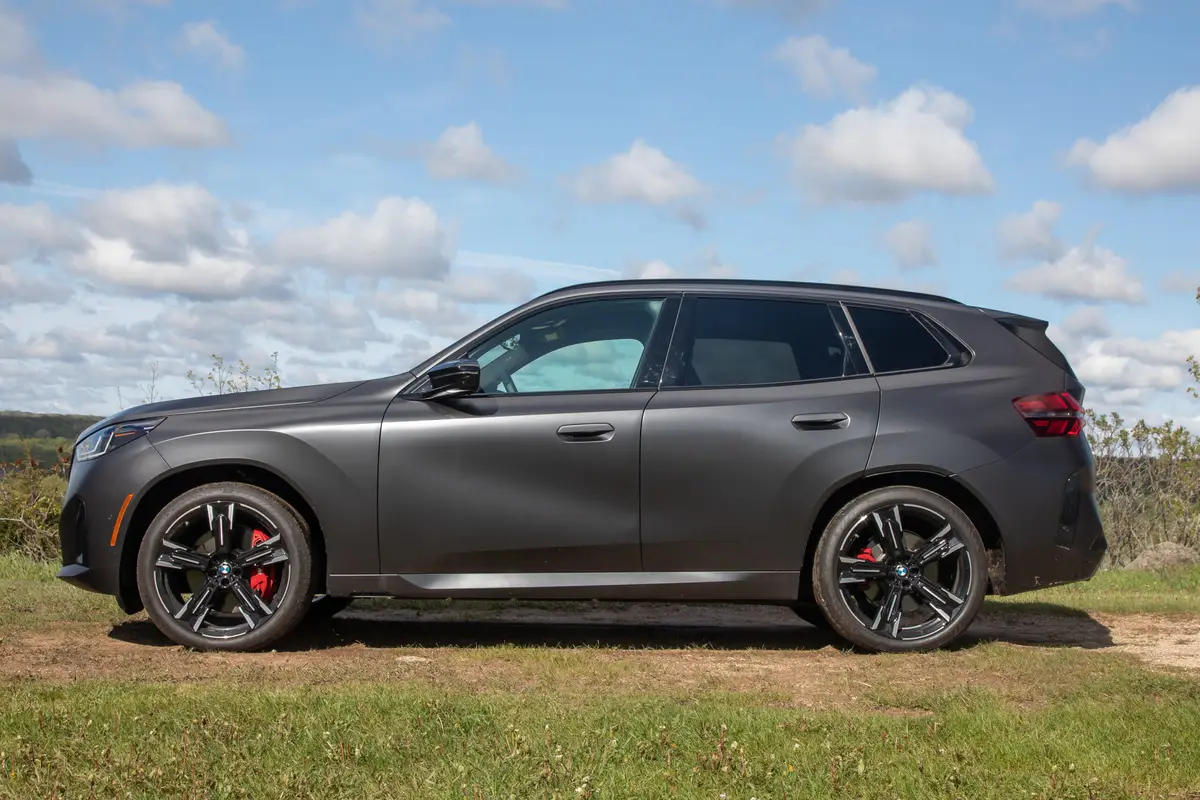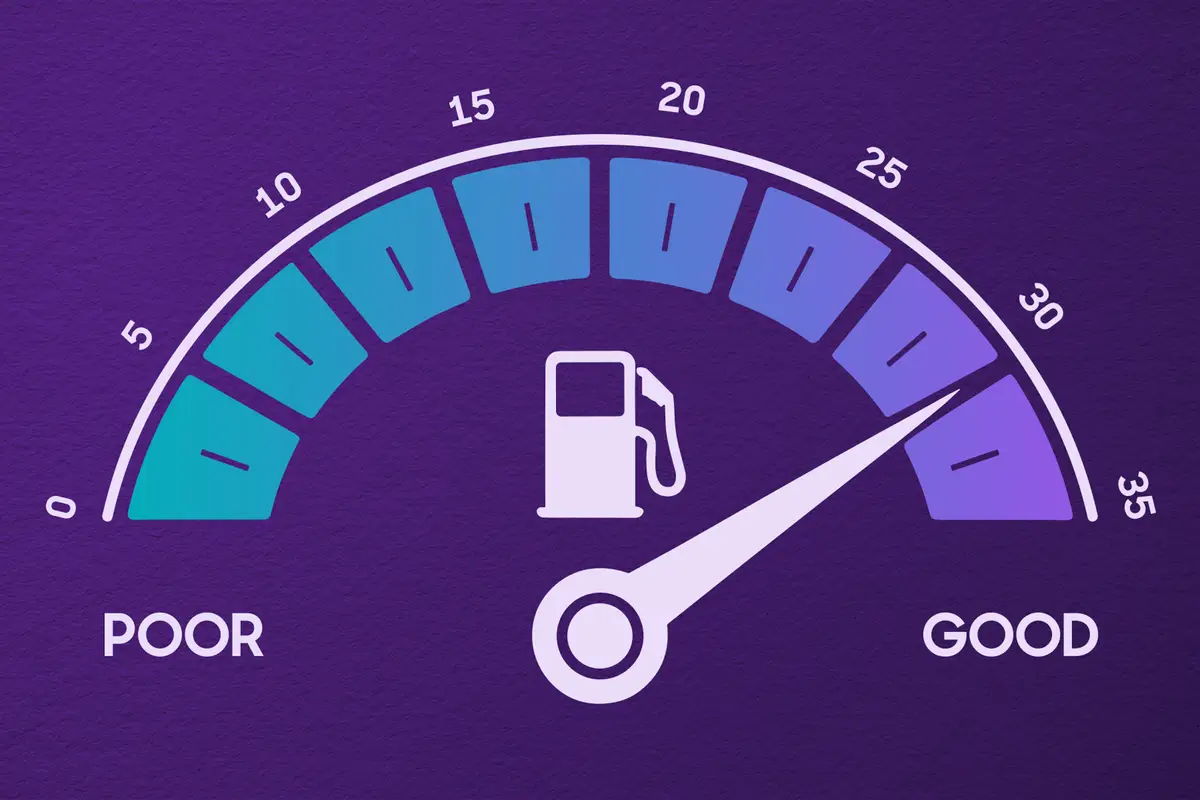Star-Telegram.com's view
The critics of the U.S. automakers seem to echo the same hollow complaint over and over again: that these companies got into financial trouble because “they make cars nobody wants.”
That’s not the case, and the reasons the companies are in financial trouble are much more complicated. But the most-immediate cause is the “Perfect Storm” of a recession that hit early last year, initiated by the meltdown in the mortgage industry.
Until that time at least General Motors and Ford were well on their way to revitalization of their businesses, and both already had great lines of vehicles in their stables, with plans well under way for many more.
Yes, both are great truck makers. But while they did fall behind on cars for a while, that’s over now, and the cars these automakers are making now rank up there with the best of the Asian models. Just look at the newest versions of the Ford Fusion, Ford Taurus, Chevrolet Malibu, Buick LaCrosse and Cadillac CTS, to name a few.
This past week, though, I found that the GM mystique of old, which accounted for some of the most-popular cars of the baby-boom generation, is alive and well in the form of the all-new 2010 Chevrolet Camaro.
Cars people don’t want? Drive a new Camaro around town for a day, and you’ll change your mind about that in a hurry. Everywhere I went with my bright yellow Camaro, the same as the car in the 2007 film Transformers, crowds gathered around it, and the cell-phone cameras came out.
I believe I could have sold the car a few dozen times – it was so incredibly popular.
After just a few minutes with this car, I could see why it’s such an attraction. Not only does it look fabulous; it drives that way, too. And I didn’t even have the V-8 powered SS (SuperSport) model.
But you really don’t need the V-8 to have fun in the Camaro. With a base price of $22,245 (plus $795 freight), the V-6 model is a great value, with its 304 horsepower and 273 foot-pounds of torque. Kick the accelerator, and this baby takes off like no average V-6.
Chevy says the V-6 goes from zero to 60 mph in 6.1 seconds, while the V-8’s best performance is zero to 60 in 4.7 seconds.
The new Camaro is offered only in coupe form now (the convertible is coming later), and five trim levels are available – base LS, 1LT, 2LT, 1SS and 2SS.
Mine was the 1LT (base price $23,880 plus freight) with the RS package ($1,750), which added such items as 20-inch painted aluminum wheels, rear spoiler, high-intensity discharge headlights, and special RS taillights; a six-speed automatic transmission ($995); and a Convenience and Connectivity Package ($655), which brought a Bluetooth phone connection, USB port for the audio system, leather-wrapped steering-wheel with audio controls, a leather-wrapped shift knob, and a trunk convenience net.
Of course, you can move up to the SS model, which begins at $30,245, and you’ll get a 6.2-liter V-8 borrowed from the Corvette, with 426 horsepower and 420 foot-pounds of torque in the manual version, and 400 horsepower and 410 foot-pounds with the automatic transmission.
The best fuel economy comes with the V-6, of course – EPA ratings are an impressive 18 mpg city/29 highway, compared with 16/25 for the V-8, both with automatic transmission. With the six-speed manual gearbox, the ratings are slightly lower: 17/29 for the V-6, and 16/24 for the V-8. Not even the V-8 requires payment of the federal gas-guzzler tax.
The 3.6-liter V-6 engine produces more horsepower than many V-8s, including the one in the 2009 Ford Mustang, which has 300 horsepower. The redesigned 2010 Mustang GT has a boost in V-8 horsepower to 315, but the V-6 version of the 2010 Mustang, whose base model costs nearly as much as the base Camaro, still has just 210 horsepower.
The Mustang V-8 has a big edge in torque, however – 325 foot-pounds for the 2010 model versus 273 for the Camaro’s V-6.
To get the Camaro’s 426 horsepower engine, which is the LS3 from the 2008 Corvette, you’ll have to choose the manual gearbox. Those who want the six-speed automatic transmission will get the L99 engine.
The L99 engine features active fuel management, which cuts out four of the cylinders during normal highway cruising to help conserve fuel.
It was the success of the newest generation of the Mustang, which arrived for 2005, that led GM to revive the Camaro. The original Camaro, introduced for 1967, was GM’s answer to the Mustang, which debuted in 1964. Dodge last year introduced a new version of its late ’60s Challenger muscle car, also in response to the Mustang.
The current Mustang and Challenger borrow heavily from their 1960s predecessors, but the Camaro does not. It’s a modern interpretation of the muscle car with a few basic styling cues from the 1969 model.
It took some of its styling cues from the current Corvette, as well as from some high-performance aircraft, GM said. That gives the new Camaro the feel of a ‘Vette with a back seat. The car seats up to four people, but my brother-in-law complained about the lack of head- and legroom when he was forced to ride in the back. The back seat is best left to the kids.
Features include a four-wheel independent suspension, four-wheel disc brakes (with four-piston Brembo calipers on the SS models), GM’s electronic stability control, OnStar, and XM satellite radio.
Our 1LT model came with a sport suspension, which gave the car a bit harsher ride than one would find in, say, a Toyota Camry. But that suspension held the road like glue in my testing on some fun country roads.
Other features included dual exhaust with polished stainless-steel tips, 18-inch painted-aluminum wheels, fog lights, halogen headlights, a six-speaker AM/FM/compact-disc stereo with auxiliary input jack (for iPod and other music players), XM radio, air conditioning, power windows/mirrors/door locks with remote, front reading lights, cruise control, tilt/telescopic steering column, sport cloth bucket seats with six-way power adjustment for the driver, folding rear seat with trunk pass-through, center console with two cupholders, rear defroster, and remote trunk release.
There is no spare tire; instead, the car comes with a tire sealer and inflator kit.
Offered are 19- and 20-inch wheels, a premium Boston Acoustics audio system, ultrasonic rear parking assist and remote vehicle starting. Cloth upholstery is standard, but heated leather seats are optional.
The Camaro, built on GM’s new global rear-wheel-drive architecture, has a unibody structure designed to enhance safety and handling. It features one-piece body side stampings and tight spaces between body panels.
Safety equipment includes electronic stability control, front seat-mounted side air bags, and side-curtain air bags for both rows.
Also available is a group of accessories that can be purchased at dealerships to customize the cars, including 21-inch wheels and tires; ground effects and stripe kits; and a classic-styled Hurst shifter, GM said.
All of those accessories can be ordered and installed before delivery, and in some cases can even be “rolled into the monthly payments,” the company said.
The automotive columns of G. Chambers Williams III have appeared regularly in the Star-Telegram since 1995. Contact him at (210) 250-3236; chambers@star-telegram.com.
2010 Chevrolet Camaro
The package: Midsize, two-door, four-passenger, rear-wheel-drive, V-6- or V-8-powered, sports coupe.
Highlights: Re-introduced for 2010 after an eight-year hiatus, this is the best Camaro yet. Styling is a mix of old and new, and is quite stunning. There is great performance even with the affordable base V-6 model, and handling is excellent.
Negatives: As always with cars in this class, the back seat is tight for adults.
Engines: 3.6-liter V-6, 6.2-liter V-8 (L99, automatic only), 6.2-liter V-8 (LS3, manual only).
Transmissions: Six-speed manual or six-speed automatic.
Power/torque: 304 HP/273 foot-pounds (V-6); 400 HP/410 foot-pounds (L99); 426 HP./420 foot-pounds (LS3).
Length: 190.4 inches.
Curb weight: 3,719-3,902 pounds.
Brakes, front/rear: Disc/disc, antilock.
Trunk volume: 11.3 cubic feet.
Towing capacity: 5,800 pounds.
EPA fuel economy: 17-18 mpg city/29 highway (V-6); 16 city/24-25 highway (V-8).
Fuel capacity/type: 19 gallons/unleaded regular (V-6); premium recommended but not required for V-8.
Major competitors: Ford Mustang, Dodge Challenger, Nissan 370Z, Hyundai Genesis Coupe.
Base price range: $22,245-$33,430 plus $795 freight.
Price as tested: $28,075, including freight and options (1LT V-6 with RS package, automatic).
On the Road rating: 9.3 (of a possible 10).
Prices shown are manufacturer’s suggested retail; actual selling price may vary.
Latest news


2025 BMW X3 M50 Quick Spin: What Happened?

